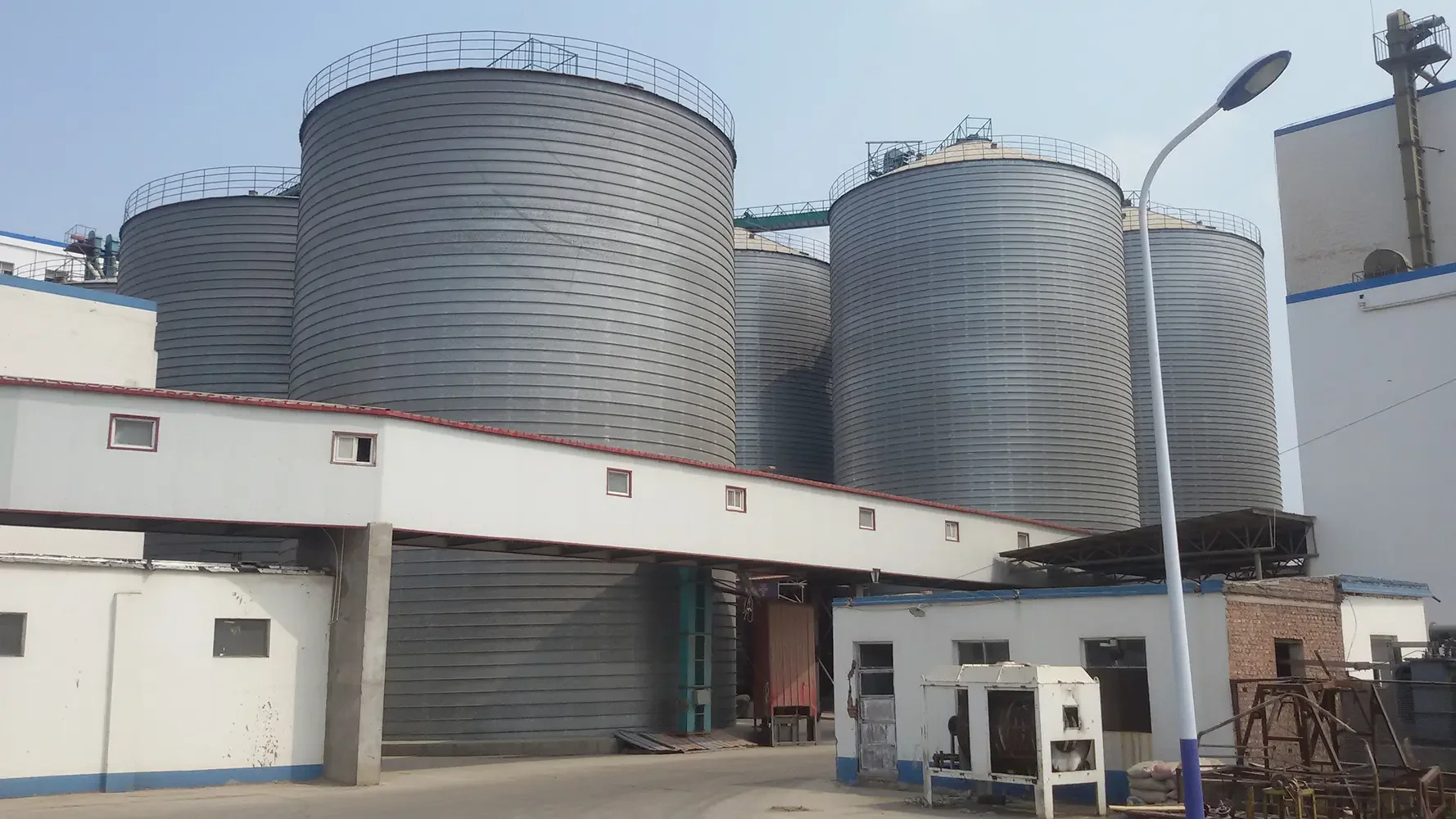https://www.smartballoon.net/Pulmonary-Balloon-Dilatation-Catheters.html
Pulmonary balloon dilatation catheters have emerged as a critical tool in the management of pulmonary artery stenosis, offering a minimally invasive solution to improve blood flow and reduce right ventricular pressure. SmartBalloon Medical Technology has been at the forefront of developing innovative catheter systems designed for precision, safety, and enhanced clinical outcomes.

Indications
The primary indication for pulmonary balloon dilatation catheters is pulmonary artery stenosis, which may be either congenital or acquired. Congenital cases often involve infants or children with structural narrowing of the pulmonary artery, while acquired stenosis may result from post-surgical complications, inflammatory processes, or other cardiovascular conditions. The catheter allows targeted dilation of the stenotic region, restoring vessel patency and improving hemodynamic function.
Patient Selection Criteria
Successful outcomes depend heavily on careful patient selection. Candidates for pulmonary balloon dilatation should undergo comprehensive evaluation, including imaging studies such as echocardiography, CT angiography, or cardiac MRI, to determine the location, severity, and length of the stenotic lesion. Hemodynamic assessment is essential to evaluate right ventricular pressure and overall cardiovascular function. Ideal candidates are those with localized stenosis and adequate vessel anatomy to accommodate balloon dilation without excessive risk. Age, comorbidities, and prior interventions are also considered to optimize procedural safety and efficacy.
Contraindications
Despite its clinical benefits, pulmonary balloon dilatation is not suitable for all patients. Key contraindications include:
-
Severe vascular disease: Fragile or extensively diseased vessels increase the risk of rupture during balloon inflation.
-
Active infection: Presence of systemic or localized infection can compromise procedural safety and increase post-operative complications.
-
Coagulation abnormalities: Patients with bleeding disorders or anticoagulation issues are at higher risk of hemorrhage and should be carefully evaluated before intervention.
SmartBalloon Medical Technology emphasizes the importance of rigorous patient assessment to ensure that pulmonary balloon dilatation is applied safely and effectively. Their advanced catheter designs provide clinicians with precise control over balloon inflation, enabling tailored treatment strategies for a wide range of pulmonary artery stenosis cases.
In conclusion, pulmonary balloon dilatation catheters represent a transformative tool in cardiology, offering a minimally invasive approach to managing pulmonary artery stenosis. Careful attention to indications, patient selection, and contraindications ensures optimal outcomes and patient safety, making innovations from SmartBalloon Medical Technology a reliable choice for modern cardiovascular care.
https://www.smartballoon.net/Pulmonary-Balloon-Dilatation-Catheter.html
www.smartballoon.net
SmartBalloon Medical Technology


More Stories
15 Clever Ways to Organize Closets with Pegboard Hooks
How Pull-out Shelters Enhance Data Center Space Utilization Efficiency
1,2-Hexanediol for Skincare and Personal Care Product Design